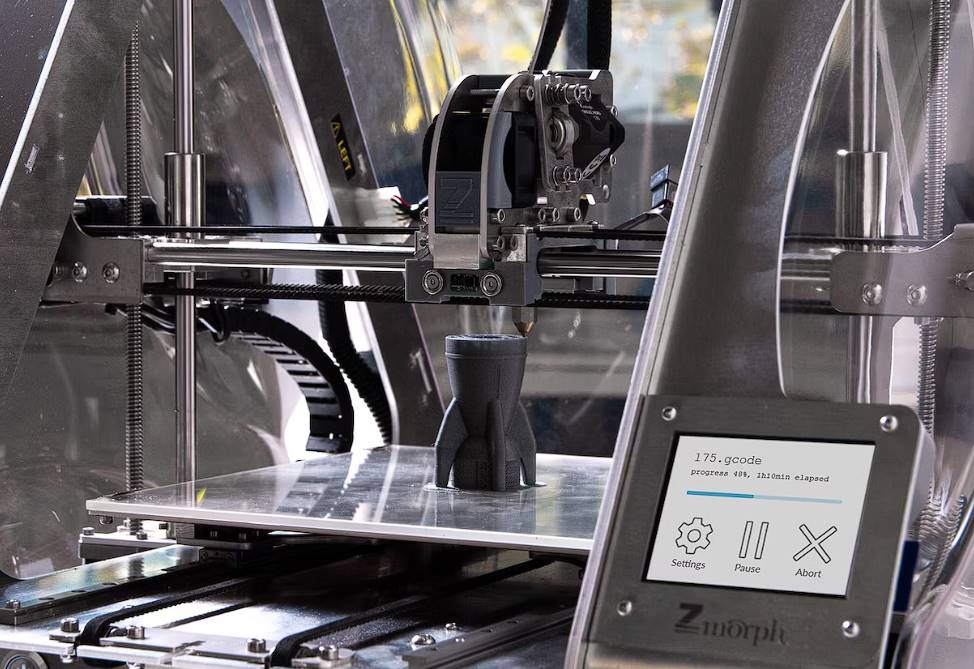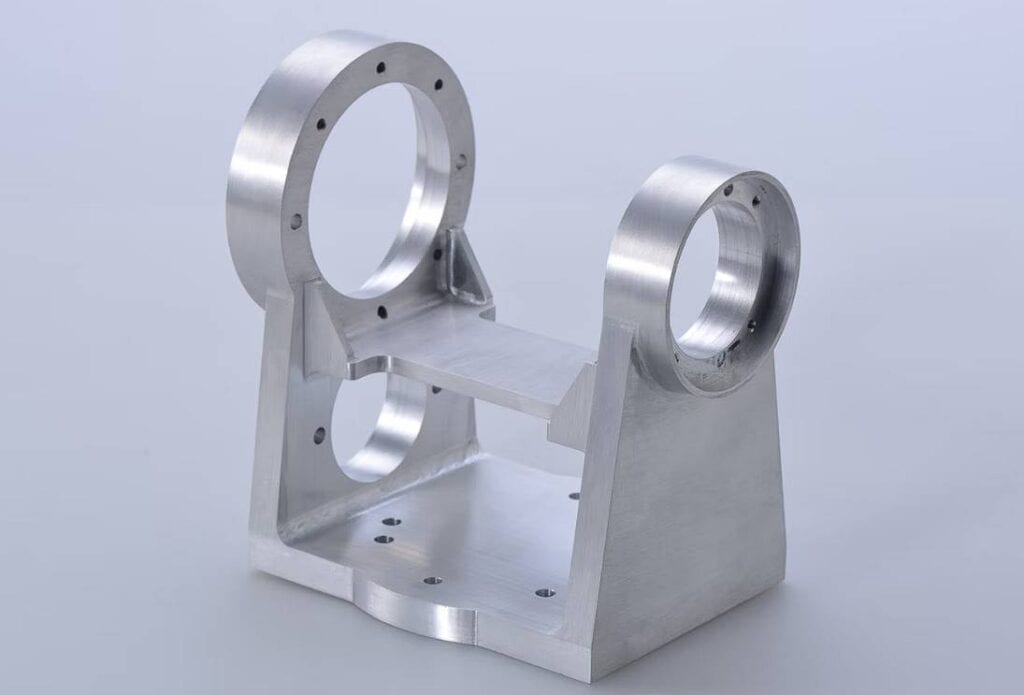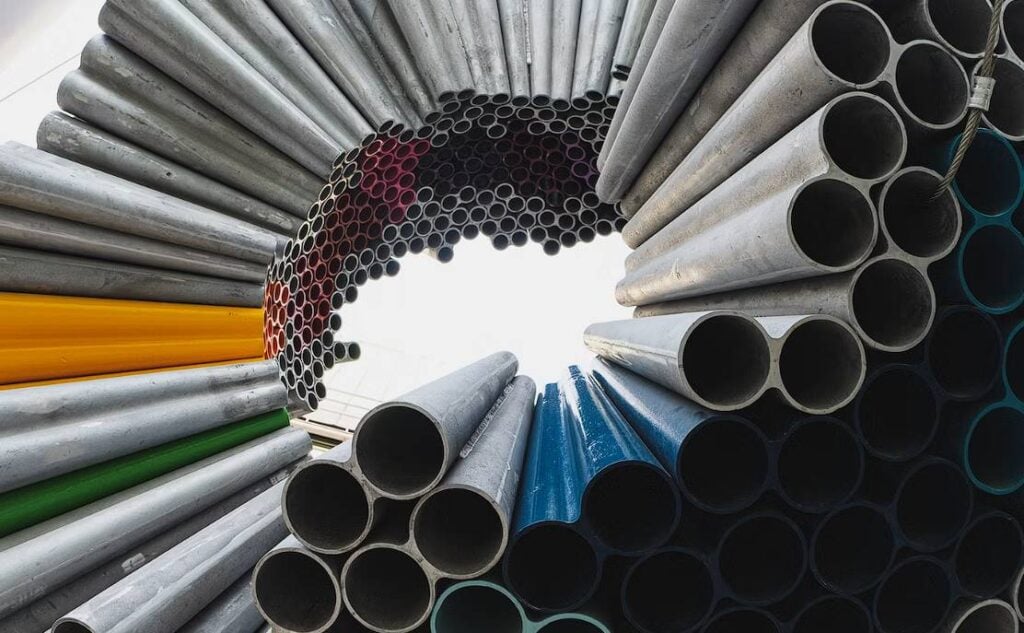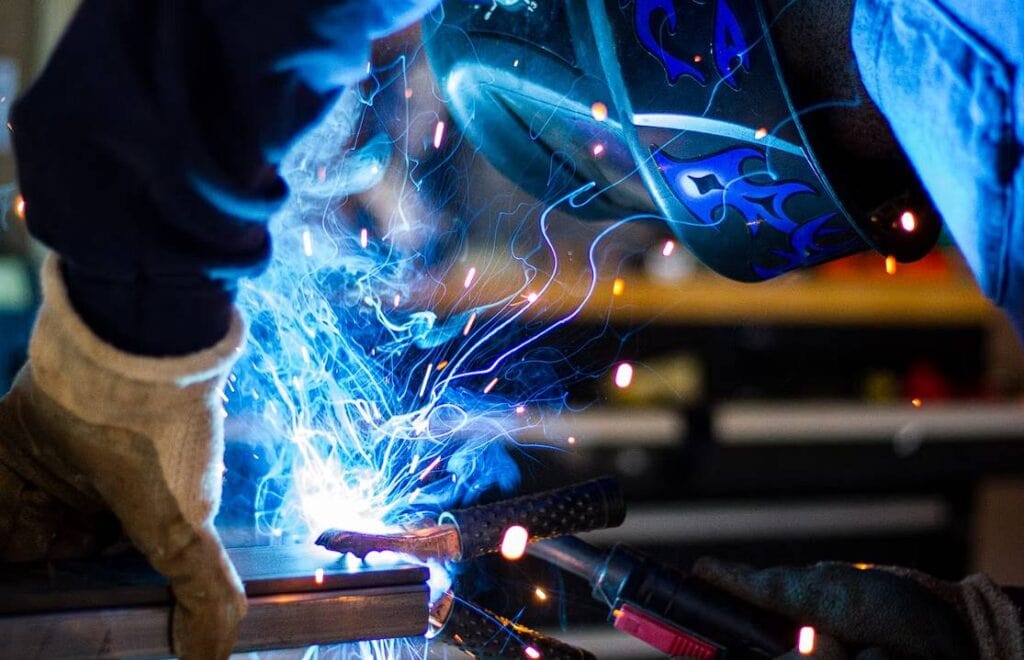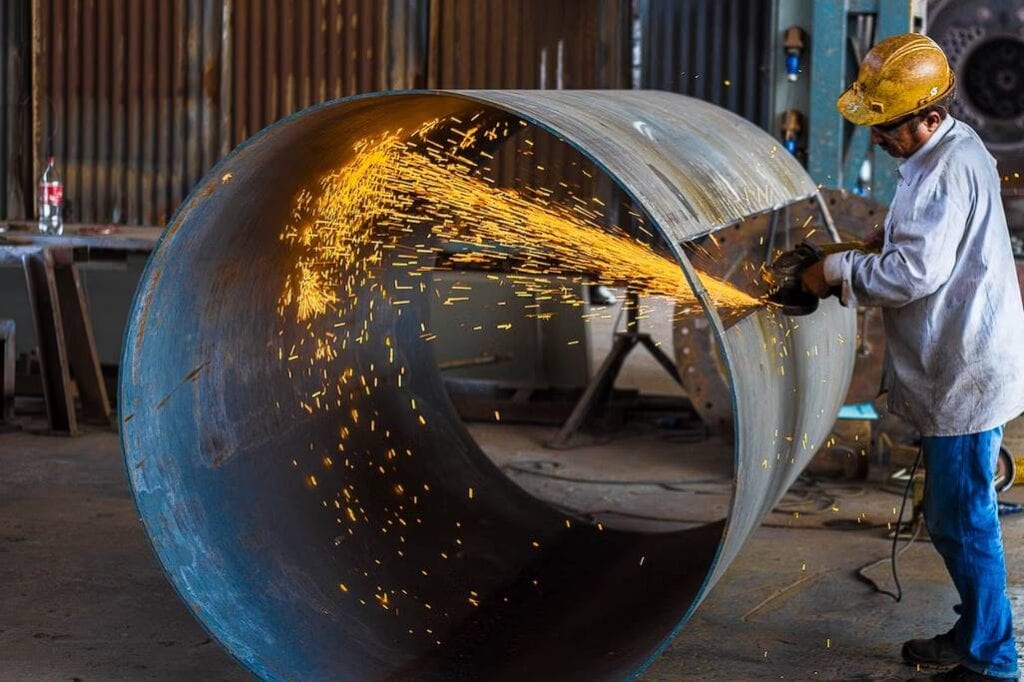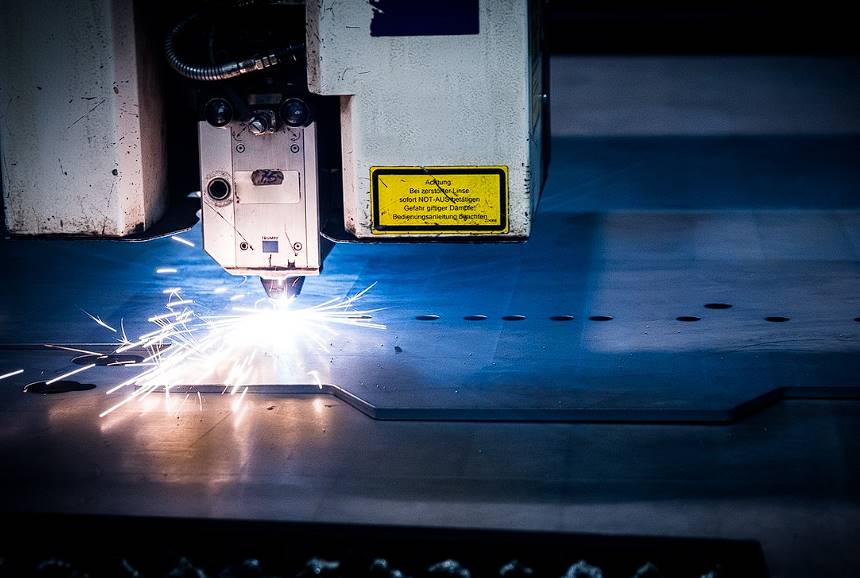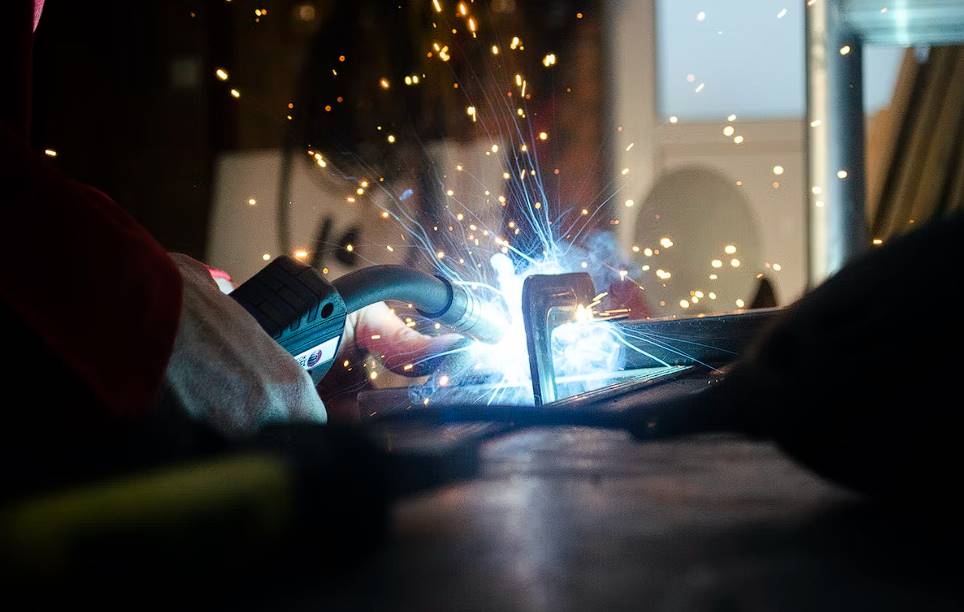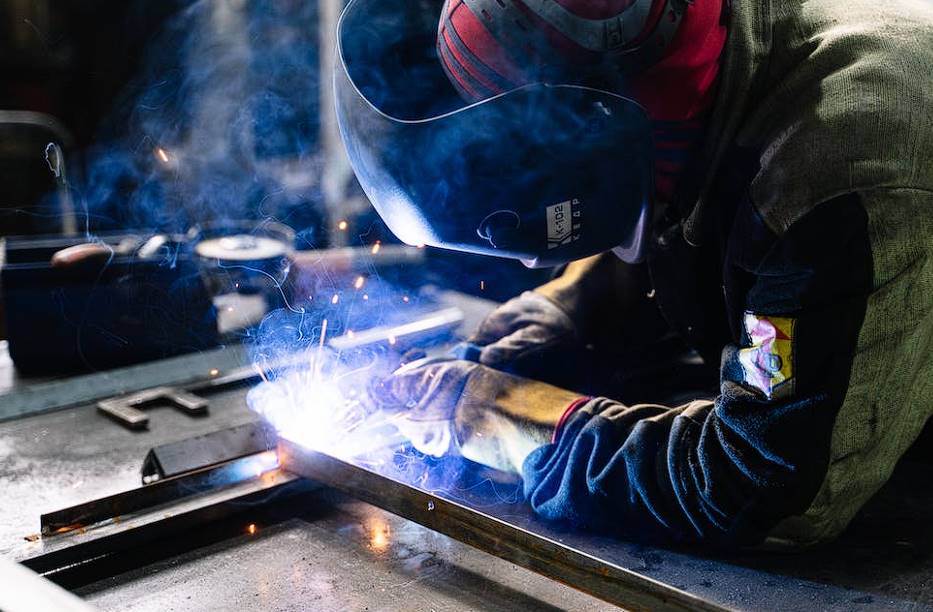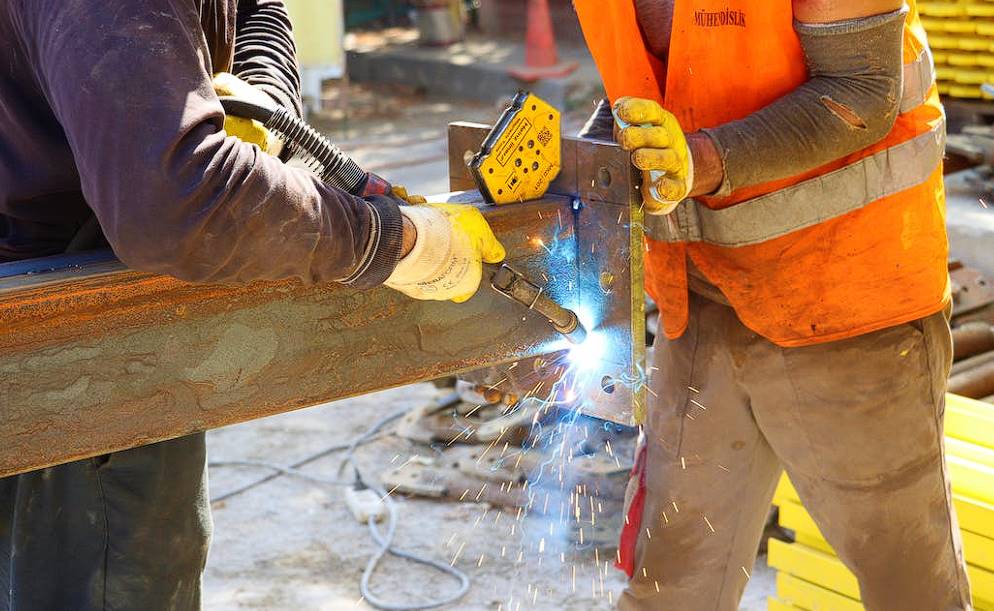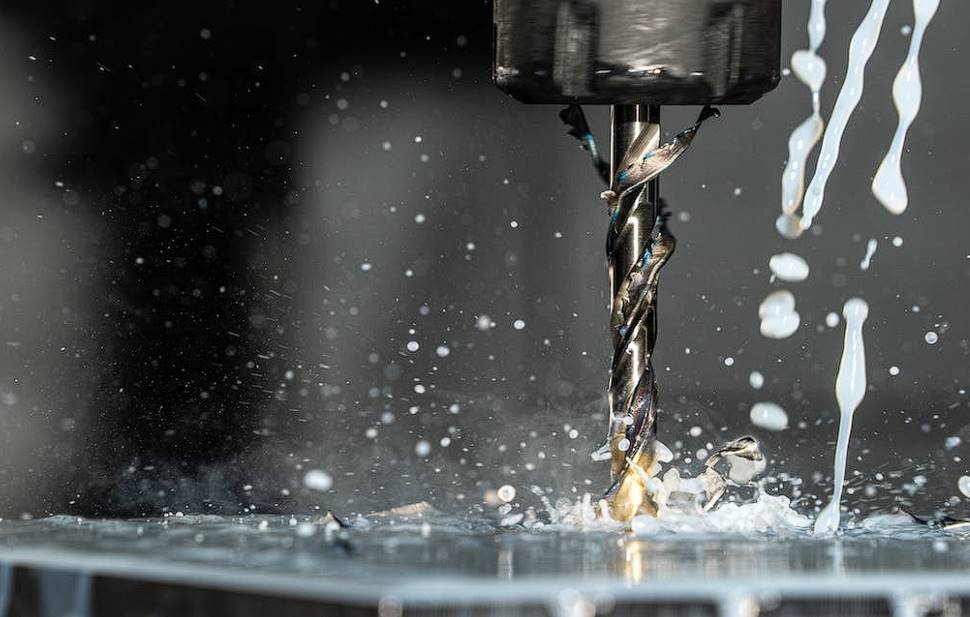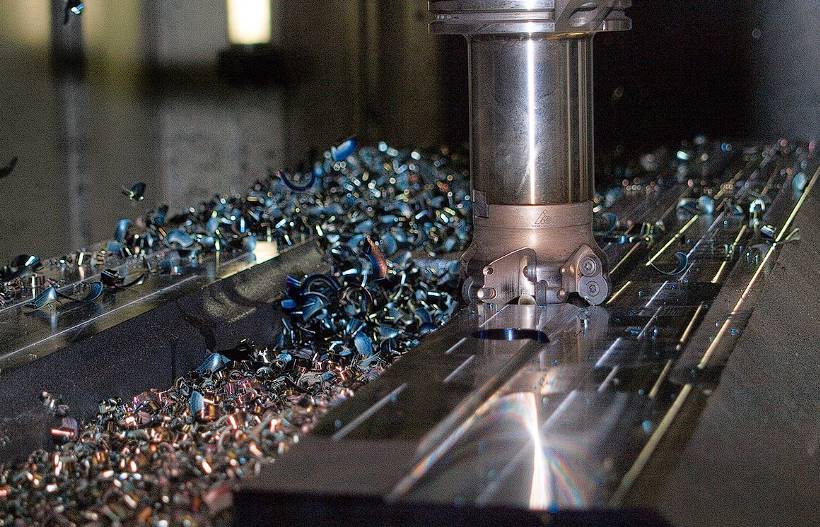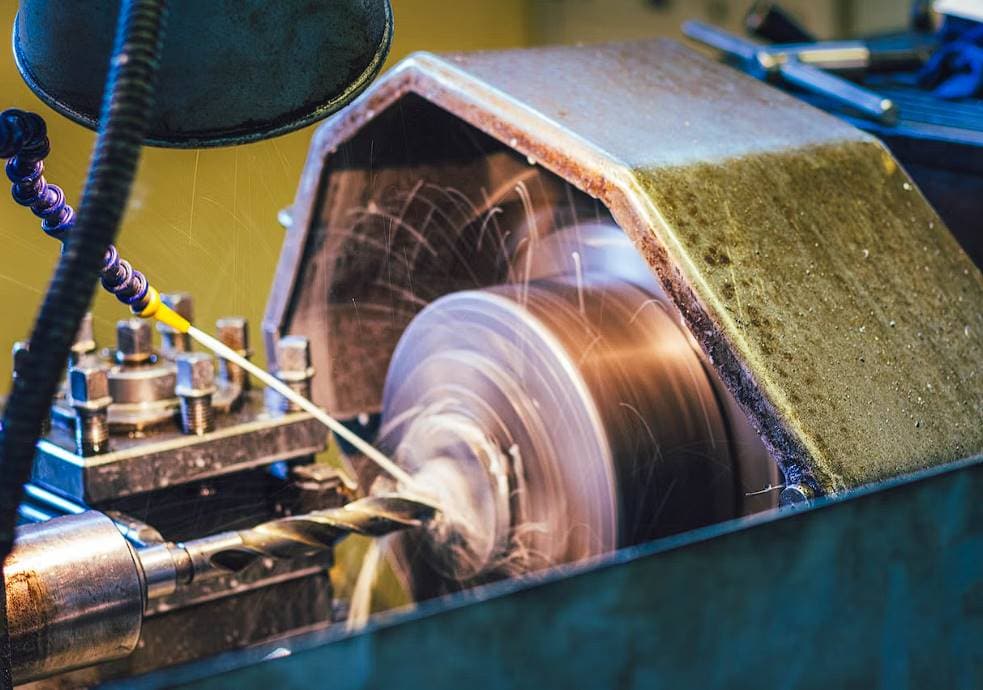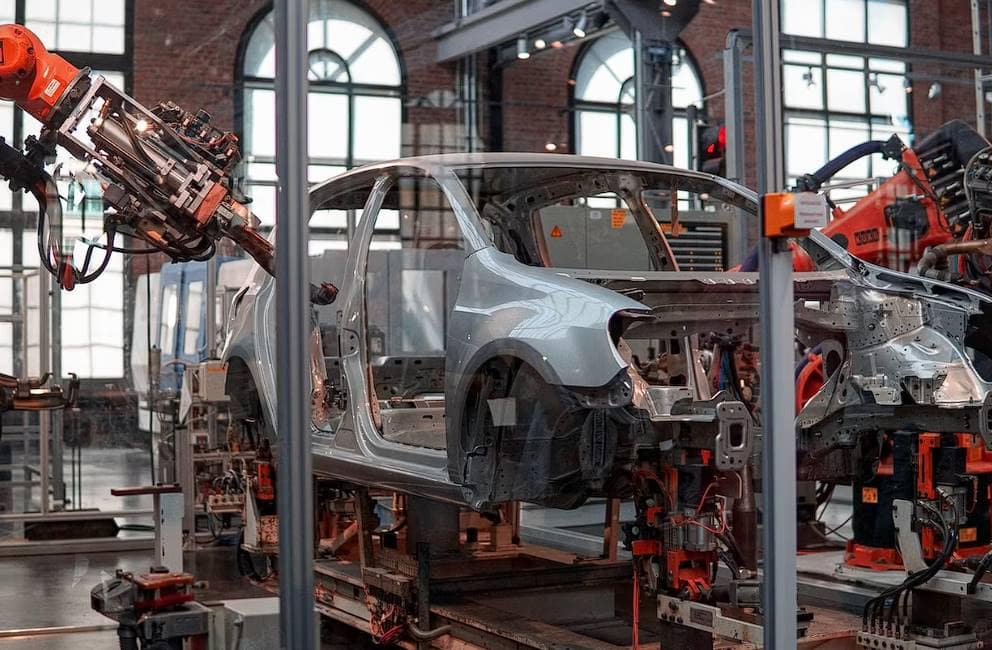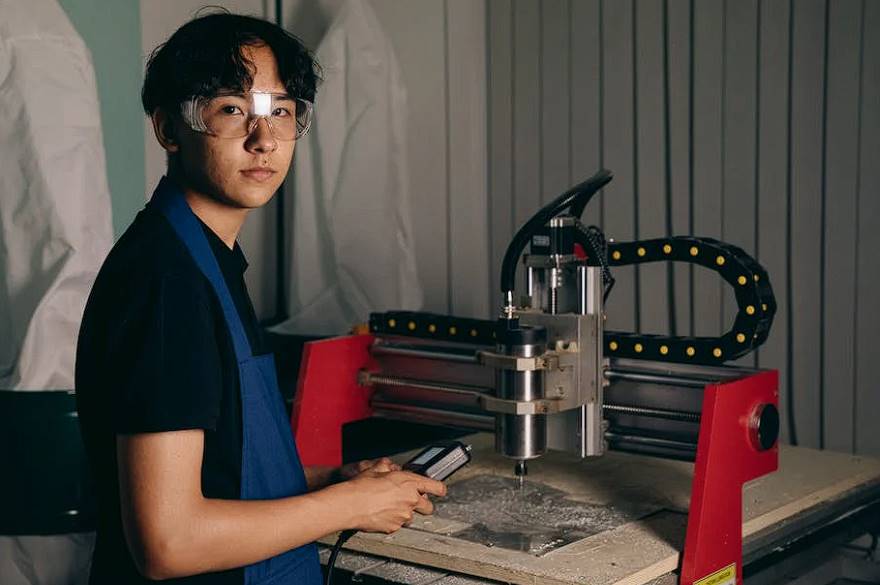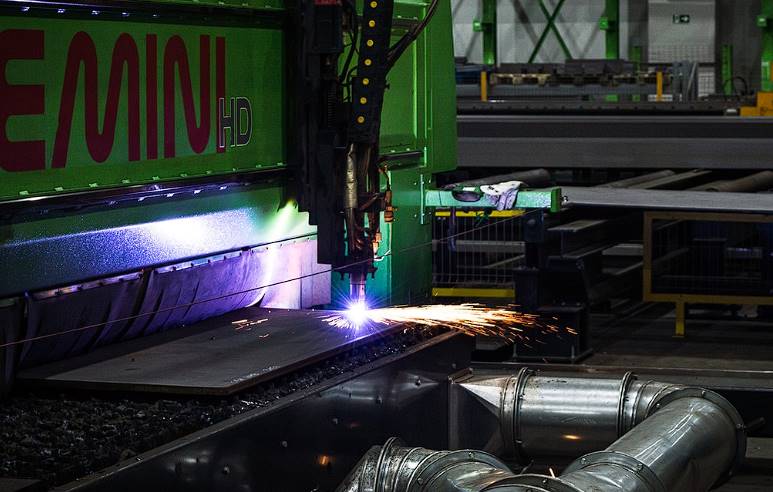CNC machining is king in precision manufacturing because it consistently produces flawless designs with pinpoint precision.
The selection of materials is becoming increasingly important as industries adopt this cutting-edge technology. Knowing which materials perform best during CNC machining, whether you're working with metals, plastics, or composites.
This article takes you on an exciting adventure into the fascinating world of CNC machining materials. Learn the ins and outs of material selection so your next manufactured masterpiece will succeed.

Finding the Right Material for Your CNC Machine
Because so many materials are suitable for CNC machining, designers can pick the one that works best for their project. Considerations including strength, durability, aesthetics, and affordability should all be considered when deciding on a material.
That's why knowing your stuff regarding CNC materials is so important. Put this data to use to speed up your work and make smarter decisions.
Environment for Machines
When selecting CNC materials, it is crucial to keep the milling environment in mind because coolant, cutting rate, and tool material can have vastly varied impacts on various materials. In addition, humidity, temperature, and pollutants are all part of the machining environment.
Some materials can easily break or crack at high machining temperatures, while others might cause excessive tool wear at high cutting speeds. The same applies to machining, where particular cooling agents or lube may be required to keep temperatures and friction down. However, this could cause corrosion or harm if used with the wrong materials.
Therefore, considering the machining environment can boost output, cut expenses, and guarantee a high-quality end result.
Piece Weighing
Part weight must be considered for optimal efficiency, functionality, and manufacturing feasibility. The production cost could rise if additional material is needed to make heavier components. In addition, the manufacturing time and cost for heavier parts will likely grow because of the need for stronger and more expensive CNC equipment. Aluminium or magnesium, which have a lower density than steel, could be used to lighten the part and cut manufacturing costs.
The weight of its constituent parts may also impact the overall product's efficiency. Weight reduction, for instance, can boost fuel efficiency and overall performance in aeronautical applications. Reducing the vehicle's overall mass results in better acceleration, handling, and fuel economy.
Resistance to Heat
The ability of a material to resist substantial deformation or damage at high temperatures is closely correlated with how well it resists heat. Cutting, drilling, and milling are all processes that subject the material being processed to repeated cycles of heat and cold. Non-heat-resistant materials may undergo thermal expansion, bending, or breaking during these cycles.
Machining quality and manufacturing expenses can be enhanced using CNC materials with high heat resistance. Faster cutting rates and deeper slices are possible with materials that resist high temperatures. As a result, machining times are shortened, and tool wear is minimised.
CNC machining can be done using various materials, some more heat-resistant than others. The high thermal conductivity of metals like aluminium and copper makes them ideal for heat sinks and other thermal management settings. However, stainless steel and titanium are well suited for aeronautical and medical applications due to their high melting points and resistance to corrosion.
High Electrical and Magnetic Conductivity
A material's ability to carry electricity is quantified by its electrical conductivity. High electrical conductivity materials are prefered in CNC machining for their ability to disperse heat quickly and efficiently. This is especially crucial when working with metals, which can get warped or deformed due to the heat produced during machining. Copper and aluminium, two materials with excellent electrical conductivity, can be used to dissipate heat effectively and so avoid these problems.
When machining ferromagnetic elements like iron, nickel, and cobalt, the magnetic characteristics of CNC materials are particularly crucial. This is because the strong magnetic field emitted by these materials can hamper the cutting process. On the other hand, CNC machining works well with nonmagnetic materials like titanium and stainless steel. Since they are unaffected by the magnetic field, they can make a more precise incision.
Hardness
"machinability" describes a material's amenability to be worked using numerically controlled machine tools.
Cutting or shaping too hard of a CNC material can lead to broken tools, excessive tool wear, or an imperfect surface finish. On the other hand, cutting through a soft material could cause it to distort or bend, leading to inaccurate measurements and a sloppy finish.
Consequently, high-quality, precisely manufactured components require a material with the proper hardness for CNC machining. The material's hardness can also affect the machining process's rapidity and efficacy. As a result of the potential need for lower cutting rates or more powerful tools when working with harder materials.
Finish of the Surface
A machined object's functionality and aesthetics are impacted by its surface finish level. A rough surface finish, for instance, can increase friction, speeding up wear and eventually causing the part to fail. On the other hand, a component with a polished finish will have fewer contact points and better performance and durability as a result. Surface polish is also very important in terms of visual appeal. A component's aesthetic value and marketability may increase after polished surface treatment.
As a result, while choosing materials for CNC machining, it is essential to keep in mind the final product's desired surface polish. However, not all materials can be machined to the same degree of smoothness. For instance, metals like aluminium and brass may be easily machined into a smooth shape. In contrast, carbon fibre and fibreglass are more difficult to mill and may require specialised equipment and methods to achieve a smooth surface finish.
Visual Appeal
Aesthetics or visual appeal should be carefully considered if your CNC machining operation is meant to create a product for use in a premium retail setting. Texture, colour, and surface finish are all aspects that contribute to the material's visual appeal. It's also important that it can be finished in any way you like: polished, painted, etc.
Aesthetics can also indicate a product's quality and the manufacturer's attention to detail, especially in the automobile and aerospace industries. This is especially crucial in high-end automobiles, where buyers expect and pay for superior construction.
Application
The product's ultimate utility determines all other considerations. The considerations above only scratch the surface of everything that goes into choosing a CNC material. In addition to aesthetic considerations, issues like material availability, fatigue life, adhesiveness, chemical reactivity, machinability, and so on might be application-driven.
The final product's intended use is a major element in determining which materials are best suited for CNC machining. The toughness, tension strength, and flexibility of various materials are different. Material suitability for various uses is determined by their qualities and how they fare under various conditions.
Materials like aluminium and copper, which have great conductive properties and resistance to heat damage, would be preferable if the final product was used in a high-temperature environment.
Budget
There are several circumstances in which a reasonable budget is essential. To begin, the price of the necessary materials can range widely based on factors like type and quantity. Plastics and composites can be less expensive alternatives to metals of the same quality. You can focus on items within your means by establishing a material spending limit.
Second, the time and money required for CNC machining might be substantial. It's important to consider the material, the intricacy of the item, and the tools needed when estimating the machining cost. Selecting more cost-effective components for a machine aids in maintaining low production costs.
Finally, the quality of the final product may be affected by the materials you choose. For example, lower-priced materials may not be as sturdy or reliable as their more expensive counterparts. Therefore, establishing a budget and making wise material choices within that budget will guarantee a long-lasting and high-quality final result.
CNC Machining: Commonly Worked Materials
CNC machining's primary material groups are ceramics, wood, plastics, composites, and metals. Countless distinct materials with unique characteristics can be found within these broad classes. Please consult an expert when looking for specific features; the following principles serve as a broad approach to materials selection for precision manufacturing.
Ceramics
Ceramic CNC machining is difficult, although it has some sophisticated uses. Machined ceramics can be found in various applications, including engine components for space shuttles, tank armour, and superconductors. However, because of their brittleness, ceramic components need complex machining processes to last a long time and perform reliably.
Metals
CNC machines typically work with metals. Metals that have been CNC machined find widespread use in numerous industries, including aviation, transportation, electronics, and medicine. Machineable metals include steel, aluminium, brass, copper, and titanium.
Composites
Composites are often challenging for CNC machining, typically requiring 5-axis CNC machines and diamond tooling to finish. However, machined composites can significantly benefit the aerospace, automotive, and power generation industries.
Plastics
Manufacturers in the refrigeration, electronics, toy, and sports industries can all benefit from CNC-machined plastic parts. Acrylic, polycarbonate, polyvinyl chloride, and nylon are all examples of commonly machined plastics.
Wood
The last group is wood products. Typically, CNC wood machining is reserved for decorative purposes like furniture. However, it is also put to use in building.
As we have shown, some groups of materials are more challenging to machine than others. You may be unsure if a certain material suits your project since you're unsure what features determine machinability.
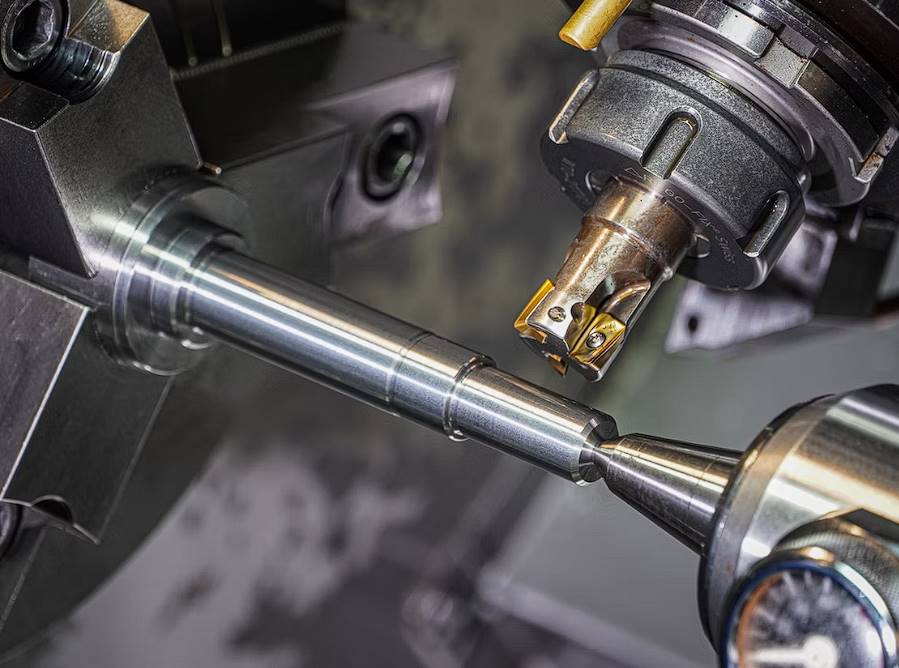
Guidelines for CNC Milling Common Materials
What you're trying to make will determine the CNC machining materials you employ, but here are some guidelines to follow as a starting point:
- Don't automatically rule out metals; there are other materials to consider. Foam, which can be moulded into various shapes, is an example of a non-metallic material that has gained popularity due to being lightweight yet durable. Small details are also preserved when cutting non-metals. Several possibilities are available if you think using non-metals could improve your project.
- Foams serve varied purposes. Thus, it's important to understand the distinction between rigid and cutting foam. Carving foam is commonly used as insulation and prototypes for moulds, whereas rigid foam is suitable for items emphasising structural integrity and stability.
- Think about phenolics. Phenolics are fantastic choices, particularly when meeting the stringent requirements of military-related applications.
- A vast range of plastics is available, so it's important to familiarise yourself with your options. Replacement bushings and bearings made of acetal are commonly utilised. Insulation for electrical wire made of polyvinylidene fluoride (PVDF). UHMW can be used in medical biomaterials such as hip, knee, and spine prostheses. Just a few of the innumerable uses for plastics are listed above.
Conclusion
CNC machining is becoming increasingly important as industries adopt this cutting-edge technology. It is important to consider strength, durability, aesthetics, and affordability when selecting materials for CNC machining. The milling environment, piece weight, and resistance to heat are all important considerations when selecting materials for CNC machining. Coolant, cutting rate, tool material, humidity, temperature, and pollutants are all part of the machining environment. Weight reduction can boost fuel efficiency and overall performance in aeronautical applications.
Resistance to heat is closely correlated with how well a material resists heat. CNC machining can be done using various materials, some more heat-resistant than others. High thermal conductivity of metals like aluminium and copper is ideal for heat sinks and other thermal management settings, while stainless steel and titanium are well suited for aeronautical and medical applications due to their high melting points and resistance to corrosion. High electrical and magnetic conductivity materials are prefered for their ability to disperse heat quickly and efficiently. Hardness is also important, as it can affect the machining process's rapidity and efficacy.
Surface finish is also important, as it affects the functionality and aesthetics of the machined object. The most important details in choosing a CNC material for CNC machining are aesthetics, application, budget, availability, fatigue life, adhesiveness, chemical reactivity, and machinability. A rough surface finish can increase friction, speed up wear and eventually cause the part to fail, while a polished finish will have fewer contact points and better performance and durability. Visual appeal is also important, as it can indicate a product's quality and the manufacturer's attention to detail. Application determines all other considerations, such as material availability, fatigue life, adhesiveness, chemical reactivity, and machinability.
Budget is essential, as the price of the necessary materials can range widely based on factors like type and quantity. CNC machining requires a material spending limit, time and money, and the quality of the final product. Common materials include ceramics, wood, plastics, composites, and metals. Ceramics require complex machining processes to last a long time and perform reliably. Metals require 5-axis CNC machines and diamond tooling to finish.
Composites require 5-axis CNC machines and diamond tooling to finish. Plastics require 5-axis CNC machines and diamond tooling to finish. CNC-machined plastic parts are popular in the refrigeration, electronics, toy, and sports industries. Wood products are also used in building. Guidelines for CNC Milling Common Materials include non-metallic materials such as foam, phenolics, and polyvinylidene fluoride (PVDF). Plastics can also be used in medical biomaterials such as hip, knee, and spine prostheses.
Content Summary
- CNC machining consistently produces flawless designs with pinpoint precision.
- Material selection is crucial in CNC machining for optimal performance.
- Strength, durability, aesthetics, and affordability should be considered when choosing materials.
- The milling environment, including coolant, cutting rate, and tool material, impacts material selection.
- Piece weighing affects efficiency, functionality, and manufacturing feasibility.
- Resistance to heat is important to prevent deformation and damage during machining.
- Materials with high heat resistance enhance machining quality and reduce expenses.
- Different materials have varying heat resistance, such as metals like aluminium and copper.
- Electrical conductivity is important for dispersing heat, especially in metals like copper and aluminium.
- Magnetic characteristics of materials affect CNC machining, with non-magnetic materials being preferred.
- Material hardness affects machinability and surface finish.
- Surface finish impacts functionality, aesthetics, and durability of machined objects.
- A polished surface finish can improve visual appeal and marketability.
- Materials must be chosen based on the final product's intended application.
- Materials like aluminium and copper are suitable for high-temperature environments.
- Budget considerations are essential when choosing materials for CNC machining.
- Plastics and composites can be cost-effective alternatives to metals.
- Machining cost depends on material complexity and tooling requirements.
- Choosing high-quality materials ensures a long-lasting and high-quality final product.
- CNC machining materials are categorised into ceramics, wood, plastics, composites, and metals.
- Ceramics are challenging to machine due to brittleness.
- Metals like steel, aluminium, brass, copper, and titanium are commonly CNC machined.
- Composites require specialised equipment and tooling for machining.
- Plastics find applications in various industries and can be CNC machined.
- CNC wood machining is used for decorative purposes and building.
- Foam is a lightweight and durable non-metallic material gaining popularity.
- Phenolics are suitable for military-related applications.
- Various plastics, such as acetal, PVDF, and UHMW, have specific uses in CNC machining.
- Material selection should consider the project's requirements and potential benefits of non-metals.
- Plastics have diverse applications, including replacement parts and medical biomaterials.
Frequently Asked Questions
Factors to consider include the desired mechanical properties, environmental conditions, cost, and specific application requirements. The material's machinability and availability of suitable tooling also play a role.
Yes, CNC machining can achieve high precision on various materials. With advanced machining techniques, accurate tooling, and proper programming, CNC machines can produce parts with tight tolerances and excellent surface finishes.
CNC machining can handle large materials, provided that the machine's work envelope and tooling are suitable for the size of the part. Large parts may require larger CNC machines or multi-axis machining centres.
Yes, some materials may have specific safety considerations. For example, working with metals may involve proper handling of sharp edges and metal shavings, while machining plastics may require proper ventilation to prevent fume buildup.
Yes, CNC machining can work with materials that have heat-sensitive properties. Using appropriate cooling techniques, controlling cutting speeds, and selecting suitable tools can minimise heat-related issues, ensuring the integrity of the material.

